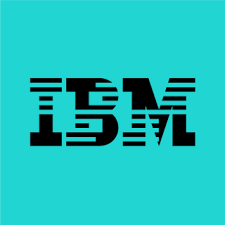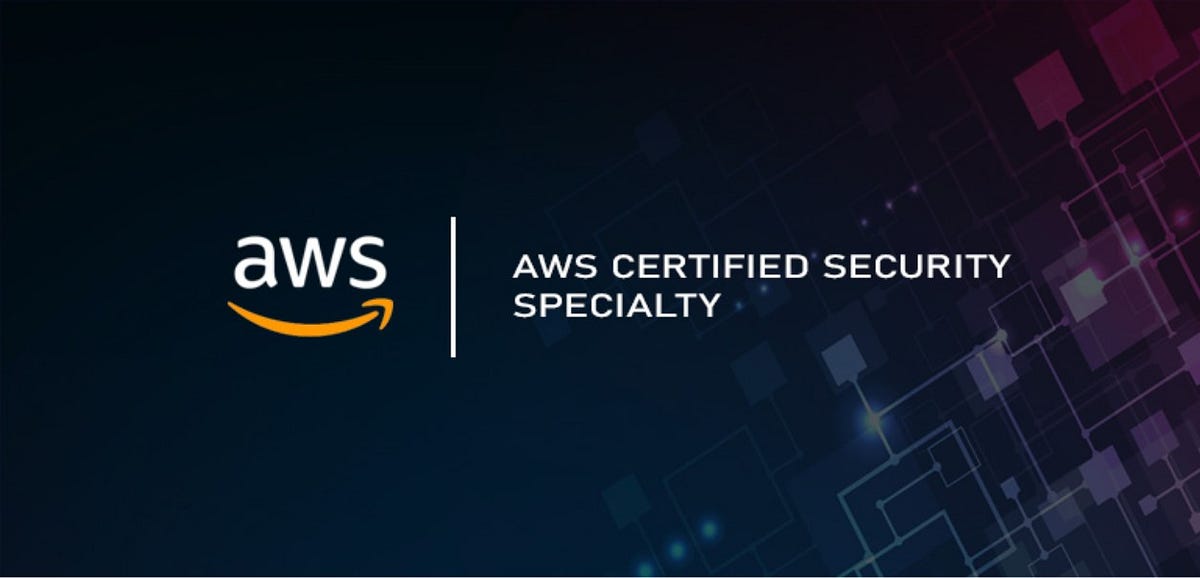1. Introduction to Cloud Architecture
1.1 Overview of Cloud Architecture Principles
1.2 Importance of Scalability, Resilience, and High Availability
1.3 Introduction to AWS Well-Architected Framework, Azure Architecture Framework, and Google Cloud Architecture Framework
2. Designing for Scalability
2.1 Understanding Scalability: Vertical vs. Horizontal Scaling
2.2 Designing Scalable Compute Solutions (Auto Scaling, Load Balancing)
2.3 Scaling Databases and Storage Solutions (Sharding, Replication)
2.4 Case Studies: Scalable Architectures in AWS, Azure, and Google Cloud
3. Achieving Resilience and High Availability
3.1 Understanding Fault Tolerance and Disaster Recovery
3.2 Architecting Multi-AZ and Multi-Region Deployments
3.3 Implementing Redundancy and Failover Strategies
3.4 Case Studies: Resilient Architectures in AWS, Azure, and Google Cloud
4. Cloud-Native Design Patterns
4.1 Microservices Architecture: Principles and Benefits
4.2 Serverless Architectures: Functions as a Service (FaaS)
4.3 Event-Driven Architectures and Messaging Patterns
4.4 Design Patterns for Distributed Systems (CQRS, Saga, Circuit Breaker)
5. Security in Cloud Architecture
5.1 Implementing Security Best Practices in Cloud Environments
5.2 Identity and Access Management (IAM) in AWS, Azure, and Google Cloud
5.3 Data Encryption and Key Management
5.4 Designing for Compliance: GDPR, HIPAA, and Other Regulations
6. Networking and Connectivity
6.1 Designing VPCs, Subnets, and Hybrid Connectivity Solutions
6.2 Implementing Secure Network Architectures
6.3 Understanding Content Delivery Networks (CDNs) and Edge Computing
6.4 Case Studies: Networking Solutions in AWS, Azure, and Google Cloud
7. Data Management and Storage Architecture
7.1 Architecting for Data Durability and Accessibility
7.2 Choosing the Right Storage Solutions (Object, Block, File)
7.3 Implementing Backup, Archiving, and Disaster Recovery Solutions
7.4 Designing Data Lakes and Data Warehouses in the Cloud
8. Monitoring, Logging, and Optimization
8.1 Implementing Monitoring and Logging Solutions
8.2 Using Observability Tools to Gain Insights into Cloud Systems
8.3 Performance Tuning and Cost Optimization Strategies
8.4 Case Studies: Monitoring and Optimization in AWS, Azure, and Google Cloud
9. DevOps and Automation in Cloud Architecture
9.1 Infrastructure as Code (IaC) with Terraform, CloudFormation, and ARM Templates
9.2 Continuous Integration and Continuous Deployment (CI/CD) Pipelines
9.3 Automating Cloud Operations with Serverless and Event-Driven Architectures
9.4 Case Studies: DevOps in Cloud Architectures
10. Disaster Recovery and Business Continuity Planning
10.1 Designing DR Strategies: RTO, RPO, and Failover Plans
10.2 Implementing Backup and Recovery Solutions
10.3 Testing and Validating Disaster Recovery Plans
10.4 Case Studies: Disaster Recovery in AWS, Azure, and Google Cloud
11. Case Studies and Real-World Applications
11.1 Case Study 1: Architecting a Scalable E-Commerce Platform
11.2 Case Study 2: Designing a Resilient Financial Services Application
11.3 Case Study 3: Implementing a Multi-Cloud Strategy for Global Operations
12. Hands-On Labs and Exercises
12.1 Designing and Deploying a Scalable Application in the Cloud
12.2 Implementing a Multi-AZ, Multi-Region Architecture
12.3 Securing a Cloud-Native Application with IAM and Encryption
13. Future Trends in Cloud Architecture
13.1 The Role of AI and Machine Learning in Cloud Architectures
13.2 Emerging Technologies: Edge Computing, IoT, and 5G Integration
13.3 The Future of Multi-Cloud and Hybrid Cloud Architectures
14. Conclusion and Next Steps
14.1 Recap of Key Concepts
14.2 Exploring Advanced Cloud Architecture Topics
14.3 Resources for Further Learning and Certification Paths






Reviews
There are no reviews yet.